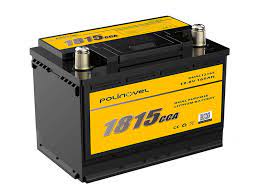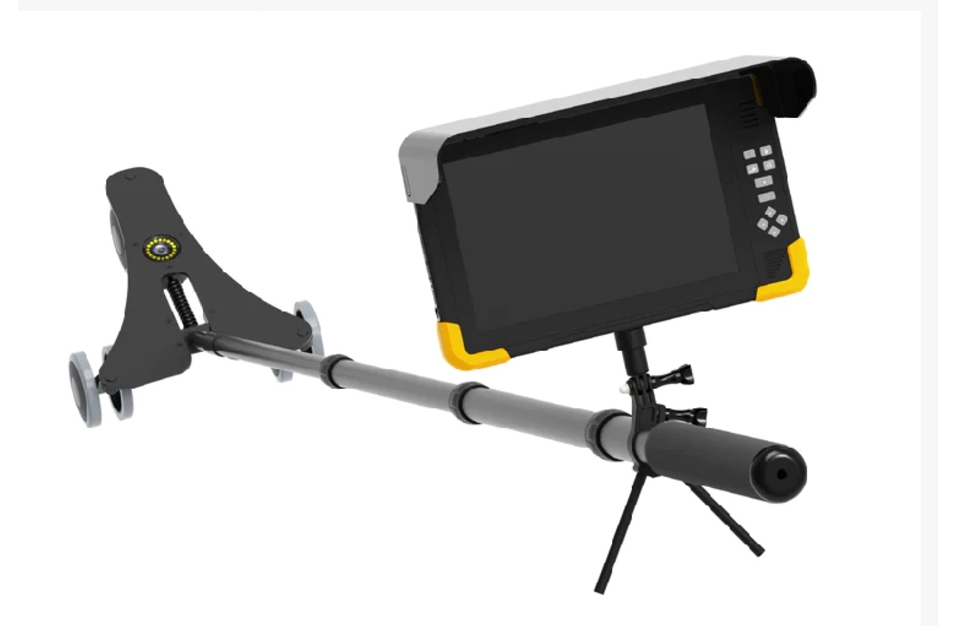Some cheap way to get access to an industrial robot & accessories

Introduction
Industrial robots are automated machines that are programmed to perform manufacturing tasks traditionally done by human workers. They are capable of carrying out repetitive and potentially dangerous operations with high levels of accuracy, speed, and endurance. Common applications of industrial robots include welding, painting, assembly, pick and place, packaging, palletizing, product inspection, and testing. They are prevalent across automotive, electronics, food & beverage, pharmaceutical, and many other sectors. The major benefits of industrial robots are improved quality, efficiency, and productivity. However, they also come with high capital and maintenance costs that can be prohibitive for smaller companies or individuals looking to experiment with automation. But there may be some creative ways to obtain affordable access to industrial robotic technologies, as explored in this article.
Consider Buying Used
Purchasing a used or refurbished industrial robot can be one of the most affordable ways to gain access to advanced automation technology. By considering pre-owned robots, you can potentially cut acquisition costs by 50-75% compared to buying new. There are a few places to look when shopping for used industrial robots:
Auction and Liquidation Sites
Industrial auctions and liquidators frequently sell surplus or refurbished robots at heavily discounted prices. Sites like TradeMachines and IAAPA often have used industrial robots available from major brands like FANUC, ABB, and Kuka.
Robot Resellers
Various companies specialize in buying, refurbishing, and reselling used industrial robots. These resellers put the equipment through quality reconditioning processes before reselling at a fraction of list prices. The key when buying used is to inspect the robot’s condition, maintenance records, controller compatibility, and whether product support/warranty is included. While there are risks buying pre-owned, the huge potential cost savings make it an option worth considering for those on a tight budget. Just be sure to work with reputable suppliers who fully test and validate the robots they are selling.
Rent Rather Than Buy
Renting an industrial robot can be a more affordable option compared to purchasing, especially for short-term needs or one-off projects. Many rental companies offer flexible contracts from just a few days up to a year or longer. Maintenance and repairs are generally covered in the rental costs, saving you from unexpected expenses during your project. Renting makes sense if you only need the robot temporarily for prototyping or occasional production runs. It avoids a huge upfront capital expenditure. Just be sure to compare rental costs to purchase costs if you anticipate needing the robot for more than a year. Renting gives you access without the risks and responsibilities of ownership.
Cobot
One way to get access to industrial robot technology on a budget is to purchase the cobots.
Compare Leasing Options
Leasing can be an attractive option for getting access to an industrial robot without a huge upfront investment. With a lease, you can spread out costs over time. Lease terms are typically 3-5 years. Monthly payments will depend on the type of robot, accessories needed, length of lease, residual value, and other factors. When evaluating a lease, pay attention to: Included service/maintenance: Make sure vendor will cover repairs/parts. Early termination fees – Check fees if you break the lease early – Bundled extras – Some vendors include training, installation, peripherals Running the numbers on a lease versus purchasing the robot outright can determine if leasing makes sense for your needs and budget. The benefit of leasing is gaining access to the technology without a huge initial capital expenditure. Just be sure to understand all the terms and costs over the full lease period.
Consider Open Source Options
There are some open source options that can reduce the cost of buying a robot and its software/controllers. Open source robotics projects aim to make robotics technology more accessible by providing free hardware designs and software. This means you can potentially build your own robot based on these open designs without paying for proprietary components and systems. These provide free software libraries and tools for robot simulation, navigation, manipulation, perception, and control. By leveraging these existing open source modules, you can avoid paying pricey commercial software licenses and build low cost custom robots. It takes more effort to utilize open source robotics technology, but the cost savings and customizability can make it worthwhile for projects on a tight budget.
Partner with a University
Many engineering schools have industrial robotics labs for education and research. Forming a partnership with a university can potentially provide discounted or even free access to these expensive machines. Rather than buying an industrial robot outright, consider reaching out to the robotics, computer science, or engineering departments of nearby universities. Explain your project goals and propose a collaborative partnership. For example, you may be able to provide industry insights and real-world testing applications for their research in exchange for access to the lab equipment. The students can gain valuable hands-on experience, while you avoid the high capital costs of purchasing your own industrial robot. Some universities also allow outside companies to rent time on the machines or join industry consortiums. While not free, these options are far more affordable than buying an industrial robot. Partnering with an engineering school opens up these opportunities.
Conclusion:
This guide has outlined several options to obtain access to industrial robots without breaking the bank. Buying used, renting, joining a makerspace, or going with a desktop robot are all viable alternatives to purchasing a new traditional industrial robot. Additionally, leasing, seeking grants and donations, using open source platforms, or partnering with a university can make industrial robots more accessible.





